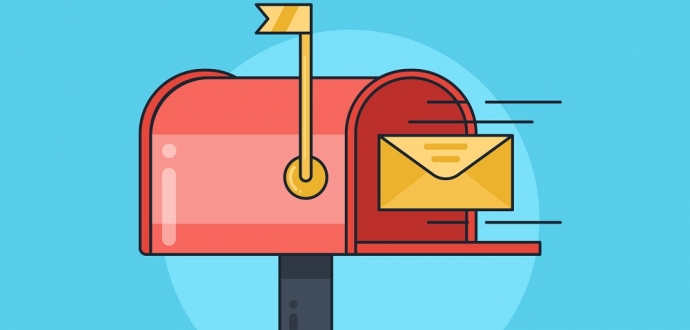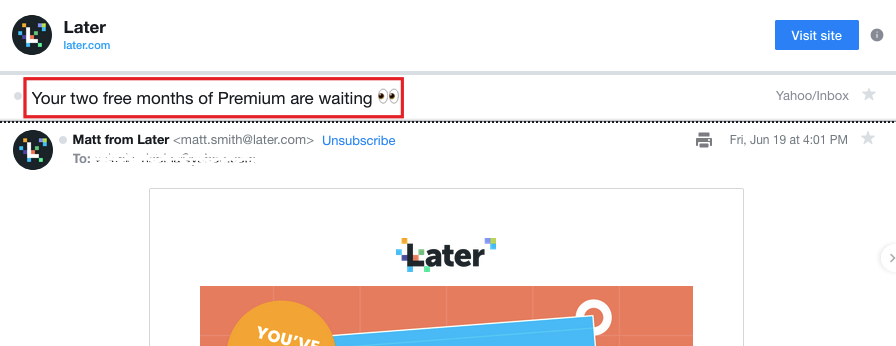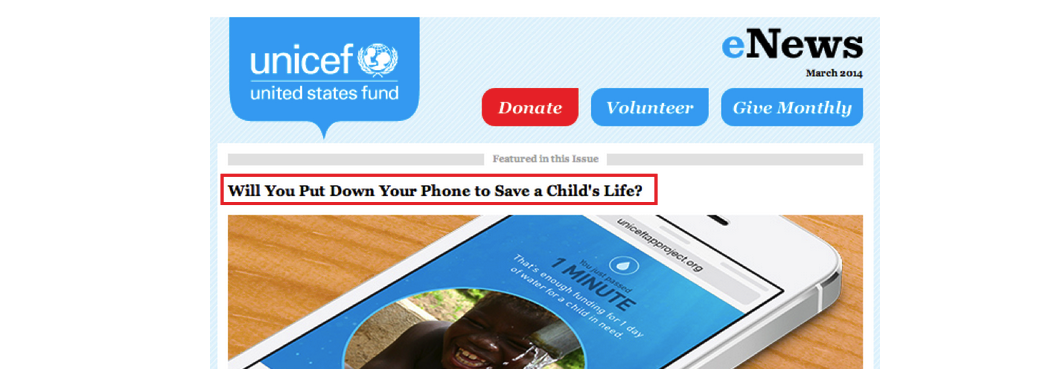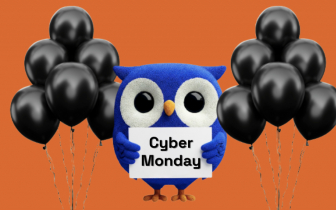The Essential Guide for Creating Subject Lines in 2025

It doesn’t matter if you are a marketer or a CEO, sooner or later, you’ll face the necessity of writing a letter to your customer. Or maybe you’ve already composed a letter and now are looking forward to sending it to people.
But you know what, your message might end up in a trash box without even being opened.
Still, there are some ways to avoid this and, moreover, ensure your emails are well-delivered and have a high CTR. The first thing you should keep in mind when creating emails is a subject line.
So, keep on reading to master your subject line creation.
Why do subject lines matter?
According to the statistics, 69% of users send emails to spam based on just the subject line. Or did you know that 33% of users rate whether a letter is spam or not just reading its subject?
And let's speak about the psychology of the people composing letters.
- Approximately 90% of them think that the most important part of the letter is its content, including the words written and the overall length of an email.
- And only a bit more than 10% of people think of a subject line!
Neglecting a letter’s subject is your biggest mistake. You may compose its content by the book, you may spend hundreds of hours picking the right words, and all this will be in vain if you create a poor subject. A subject is the main part of your letter because it is directly dependent on whether an email will be opened at all or not.
Meeting such an issue literally everywhere, we’ve decided that you could use a free guide on how to create a subject for your email.
And what is more, we suggest a pair of ideas on how to create a subject that will inspire people to open your letters and read them. Here we go – eight hints and tips on creating attractive subjects for your email.
1. Keep it short
The first thing to remember is that the shorter your subject is, the more chances it will catch people’s attention.
No one likes reading long and wordy subject lines about nothing. Besides, we live in a world where people prefer to read their mail from the screen of their smartphones, where your subject will get even shorter.
Keep in mind: 60 characters for a typical Gmail inbox, and 25-30 characters for a smartphone’s screen. Six to eight words should be your limit.

2. Be laconic
Get rid of your usual filler words, write briefly, and don’t waste people’s time.
Try to be as clear as possible about the topic and forget all the old tricks that were popular a decade ago. You might think an emphasis on urgency is an excellent idea, but the reality is that it was good advice back in 2012.
These days people are too aware of typical marketing tricks. The thing is that nowadays putting the word “urgent” in a subject is the shortest way for your letter to get into the trash box unread. Speak fast and briefly, because no one has time to read now.

3. Make it profitable
Get right to the point, and make sure you describe all the profits people may get while reading your email.
Forget about long introductions, nobody has time for that anymore. Ask yourself, when did you read all your email inbox for the last time? Bet, that was a long ago.
Nobody has time to read all those letters in their mailbox, but a number of people may open a letter if a subject promises some benefits. And while composing a subject, do not lie, describe the profit you can offer, not some false promises.

4. Address to the people
If possible, address specifically to the recipient of your letter.
Statistics prove that in 45% of cases, people will tend to open a newsletter, which subject line addresses them specifically, rather than those having a depersonalized message. And take time for developing the tone of voice of such letters, because some people get annoyed when someone calls them just by their name, not “Mr.” or “Mrs.”
However, keep in mind that while being a good suggestion, it is still a perception trick, which must be supported by some other ideas. Address people personally, yet be brief and show their profits as soon as possible.

You might also find helpful: 6 Steps to Creating an Effective Newsletter
5. Employ guides and “How-tos”
“A Free Guide on How to Write Engaging Letters" is a good example of a subject.
A bit too long but still a good one. The very concept of guides or “how-to” articles suggests that there will be something brief composed of bullet points that is easy to read and comprehend. That’s why people open such letters more often in 40% of cases.
Of course, it means you really have to put a guide or a “how-to” article, preferably composed of bullet points. Add five hints and a link to your blog and see how your emailing will increase the number of visits to your website.

6. Use keywords
A busy specialist has his email box filtered with numerous scanners that will simply prevent random letters from getting into the inbox folder.
It might happen so that the last time you checked email platforms they were unable to scan subjects for the presence of keywords. Now the times have changed.
It means your subject has to contain logical keywords for search and filtering. While working on a subject, make sure it includes keywords related to the topic of the email. It will increase your letter’s chances of being read.

7. Create an emotion
Do not forget you are dealing with living beings, not some robots. People love emotions.
People tend to remember the emotional component of any message. Your job is to make sure you’ll deliver the emotion, which is the most relevant to your message. It is always better to make people smile but, in some cases, a subject line that causes anxiety will work better.
Make people smile or feel worried, and they will definitely open and read your letter. The rest is up to your product.

8. Make them curious
Curiosity is one of the most fundamental qualities people have.
It can work for your letters as well. If your subject contains an intrigue, people will more likely open it and read what you have to say. All you have to do is neither exaggerate nor be plain. There is a popular example of such a subject: “You will benefit from opening this email.”
Well, it’s an example of how you should not write subjects because it is an obvious exaggeration. To sparkle human’s curiosity, you’d better make a hint that when opening your letter, they can get some interesting or useful info. The mentioned example is too plain and too misleading to work. Still, curiosity is good.

Conclusion
Writing a good subject is never easy. No matter how many pieces of advice you’ve read, it is always like the first time, because you never know what attracts people. Still, using this set of tips, you’ll find out your way a bit easier.
Got any other ideas on how to write attractive email subjects? Feel free to share your thoughts with everyone in the most convenient way. Good luck!
P.S. Do you promote your blog via email newsletters? Learn about other methods of your blog's promotion!







